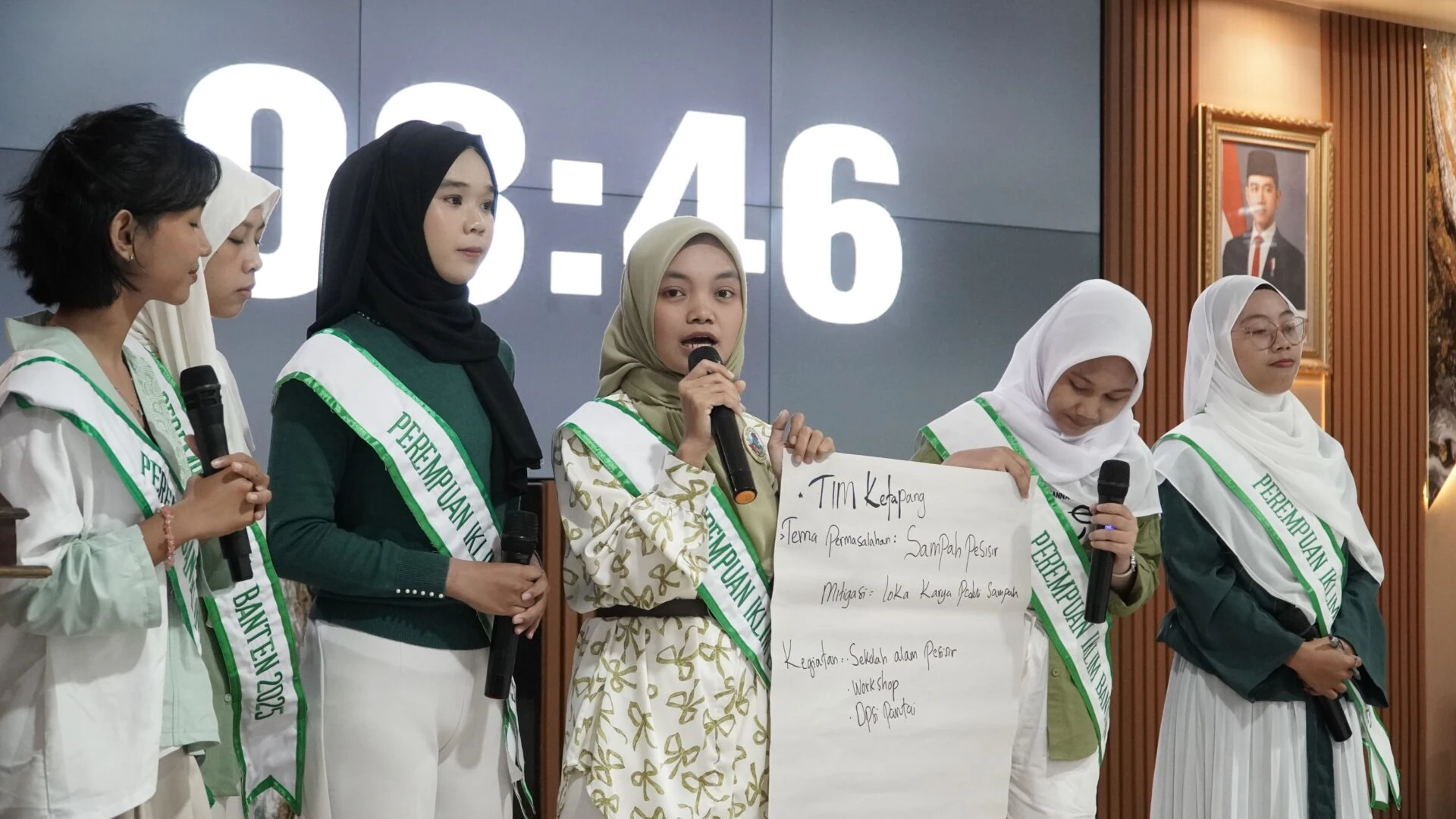After Law Number 1 of 2022 concerning Financial Relations between the Central Government and Regional Governments was issued, the incentive arrangements previously contained in Minister of Finance Regulation (PMK) 160/PMK.07/2021 concerning Regional Incentive Funds (DID) no longer apply. This regulation was then updated PMK 125/PMK.O7/2023 concerning Management of Fiscal Incentives for the 2024 Fiscal Year for previous year performance awards.
This emerged in the Expert Discussion entitled Strengthening Environmental and Forestry Management Performance in Fiscal Incentive Policies on Wednesday (20/03/2024). This discussion aims to find out the latest picture of the government’s targets and achievements in environmental and forestry management, to find out the strengths and weaknesses of environmental and forestry management performance indicators used by the government in PMK 160/PMK.07/2021 and PMK 125/PMK.07/ 2023, and obtain information regarding LHK management performance indicators that will encourage the acceleration of future environmental development targets.
There are differences in PMK 160/PMK.07/2021 and PMK 125/PMK.07/2023, especially in the field of ecology. Environmental and forestry management which was previously given to regions referred to the performance of assessing output indicators—such as water quality, air quality, land cover and waste management—and process indicators—namely the regional government’s commitment to environmental and forestry management—became policy indicators that called Nirwasita Tantra. Nirwasita Tantra is an award given to local governments for their innovation in managing the environment.
Ramlan Nugraha, PATTIRO Program Manager in his presentation stated that it was necessary to restore the technical regulations that previously existed in PMK 160/PMK.07/2021 based on the assessment of output and process indicators through PMK fiscal incentives in the following year to encourage environmental and forestry performance in fiscal incentive policies.
This effort is the Indonesian Government’s commitment to climate change action. Indonesia has ratified the Paris Agreement, mainstreaming sustainable development, up to measurable targets in environmental and forestry development. Apart from that, this effort is also in order to synchronize fiscal incentive policies with national targets, such as Net Zero Emission in the Forest and Other Land Use (FOLU) sector or the forestry sector and land by 2030.
It is necessary to review how effectively the fiscal incentives used can have an impact on the regions receiving these incentives, even more broadly on national environmental management targets. Through understanding these conditions, it is hoped that it can produce recommendations for evidence-based environmental and forestry performance indicators to the central government for fiscal incentive policies in 2025.
This initiative was appreciated by Dr. Fitri Nurfatriani, Main Expert Researcher and Coordinator of Environmental and Forestry Functions of KKSDA, BRIN. Fitri is one of the actors who previously encouraged environmental and forestry indicators through waste management by providing Regional Incentive Funds to regional governments that have good performance in managing waste in their regions.
“It is necessary to expand environmental and forestry indicators that are more comprehensive. “Not only focusing on waste management but also on the Water Quality Index (IKA), Air Quality Index (IKU), and Land Quality Index (IKL),” said Fitri.
Fitri advised PATTIRO to propose its initiatives in encouraging environmental and forestry performance in fiscal incentive policies that need to pay attention to six aspects. First, LHK assessment variables which adhere to the basic principles of providing incentives and indicator requirements. Second, there is transparency in calculating incentive allocation. Third, the proposal must be linear with the proposal of the ministry or technical institution. Fourth, the use of incentives must be right on target. Fifth, the recipients of incentives are related work units and the community. Sixth, Information on incentive allocation per performance category.
Apart from that, Mimi Salmiah, the environmental and forestry indicator development team at the regional incentive fund, BRIN, also suggested that PATTIRO should pay attention to the characteristics of related stakeholders and their human resources. “When we proposed environmental and forestry indicators through waste management, the Ministry of Environment and Forestry (KLHK) had difficulty in supplying data to the Ministry of Finance (Kemenkeu) for complete performance calculations from year to year from Provinces and Districts. “At that time, only the waste directorate was capable and had data available to assess the provision of fiscal incentives,” added Mimi.






